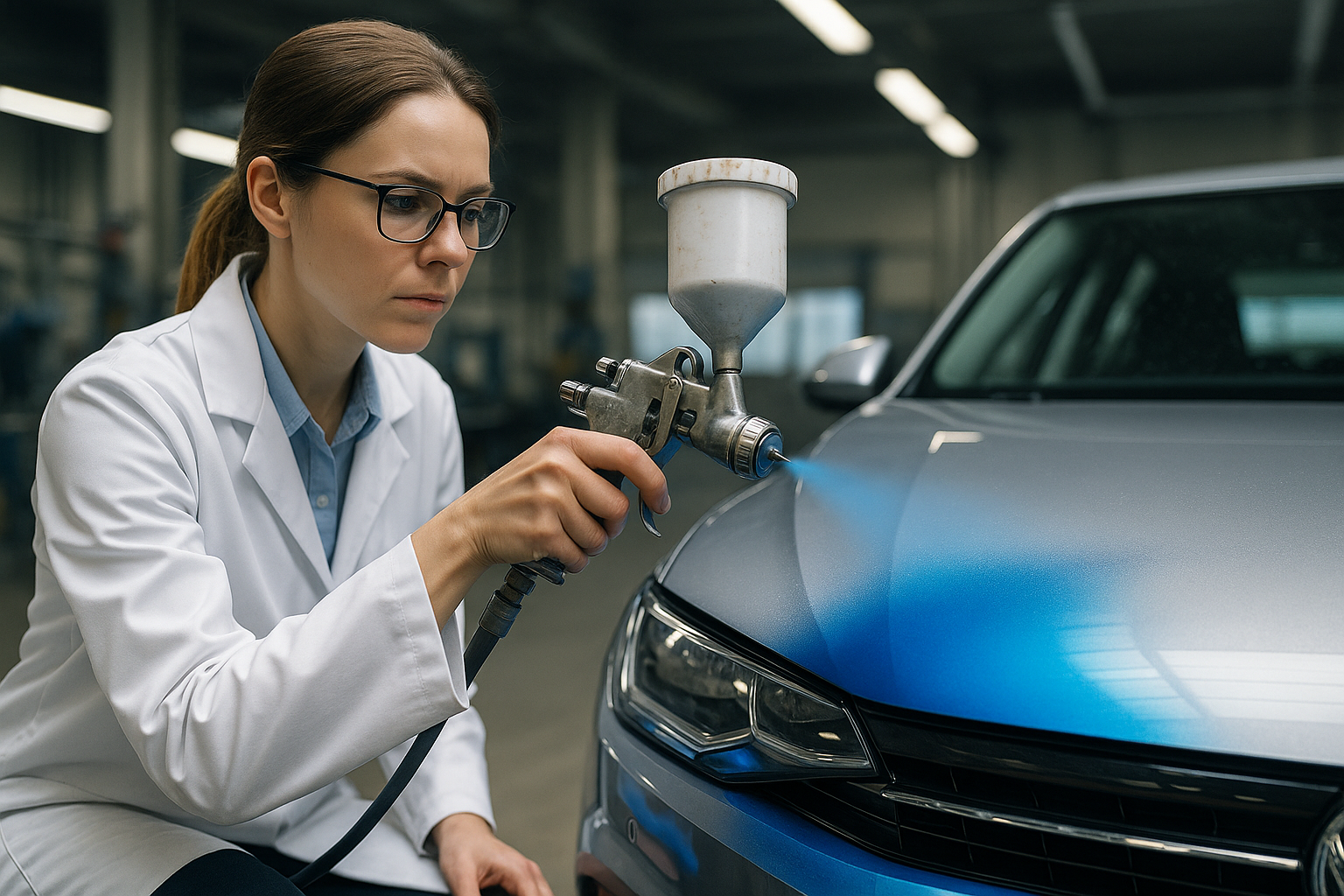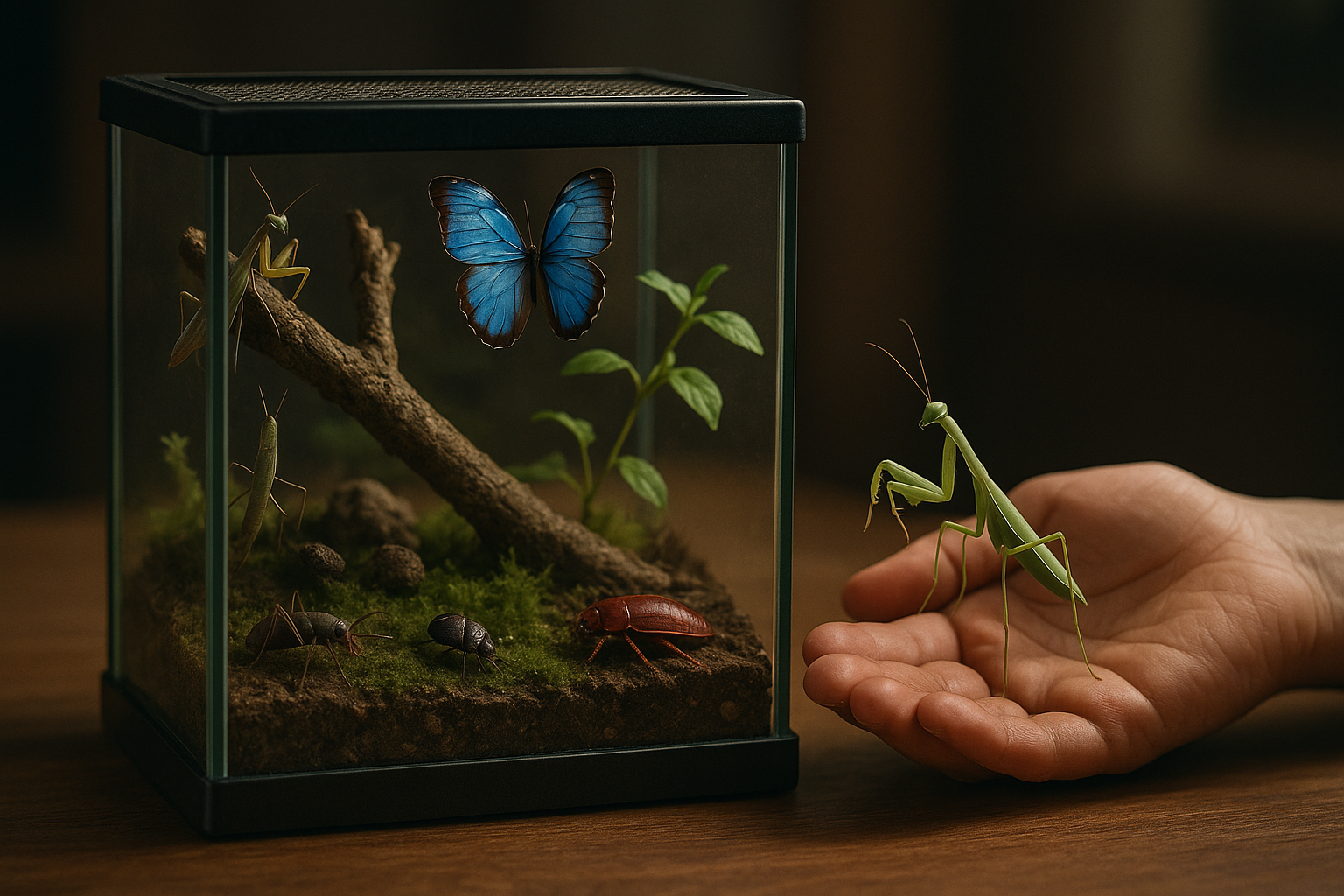The Intriguing World of Automotive Paint Technologies
Automotive paint is an unsung hero in the car world. It does more than just make your vehicle look good—it protects it from the elements, prevents rust, and even aids in its aerodynamics. But what goes into creating these vibrant colors and sparkling finishes? Let's delve into the fascinating world of automotive paint technologies.

A Colorful History
The history of automotive paint is as vibrant as the colors it produces. In the early 20th century, most cars were painted black because the color dried faster than others. However, the introduction of nitrocellulose lacquers in the 1920s brought about a revolution in automotive color, allowing for a wider range of hues and quicker drying times.
The Science Behind the Shine
Automotive paint comprises three main layers: primer, basecoat, and clearcoat. The primer provides adhesion and corrosion resistance, the basecoat contains the color and effects, and the clearcoat provides gloss and protection. Modern advancements in paint technology have led to innovations such as waterborne paints—more environmentally friendly alternatives to solvent-based paints—and self-healing paints, which can repair minor scratches by themselves.
Current Trends in Automotive Paint Technology
One of the most significant trends in automotive paint technology today is the shift toward sustainability. This includes the use of waterborne paints, which emit lower volatile organic compounds (VOCs), and powder coatings, which are solvent-free. There’s also a growing interest in smart paints, such as those that change color based on temperature or light, and those that can store solar energy.
The Impact of Paint Technologies
Automotive paint technologies have a far-reaching impact. A good paint job can enhance a car’s resale value, while innovations in paint technology can reduce environmental impact, improve durability, and even contribute to a car’s aesthetic and identity. However, these advancements also come with challenges, such as the need for specialized equipment and training for application, and the higher costs associated with premium paint options.
The Future of Automotive Paints
Looking ahead, the automotive paint industry will continue to evolve, driven by consumer demand and technological advancements. We can expect to see more sustainable options, innovative functionalities, and even more exciting color possibilities.
In conclusion, automotive paint technologies have come a long way from the early days of single-color, slow-drying paints. Today, they offer an impressive array of colors and finishes, contribute to sustainability efforts, and even add to the vehicle’s value. The future of this field is bright—or perhaps we should say, brilliantly colored.




